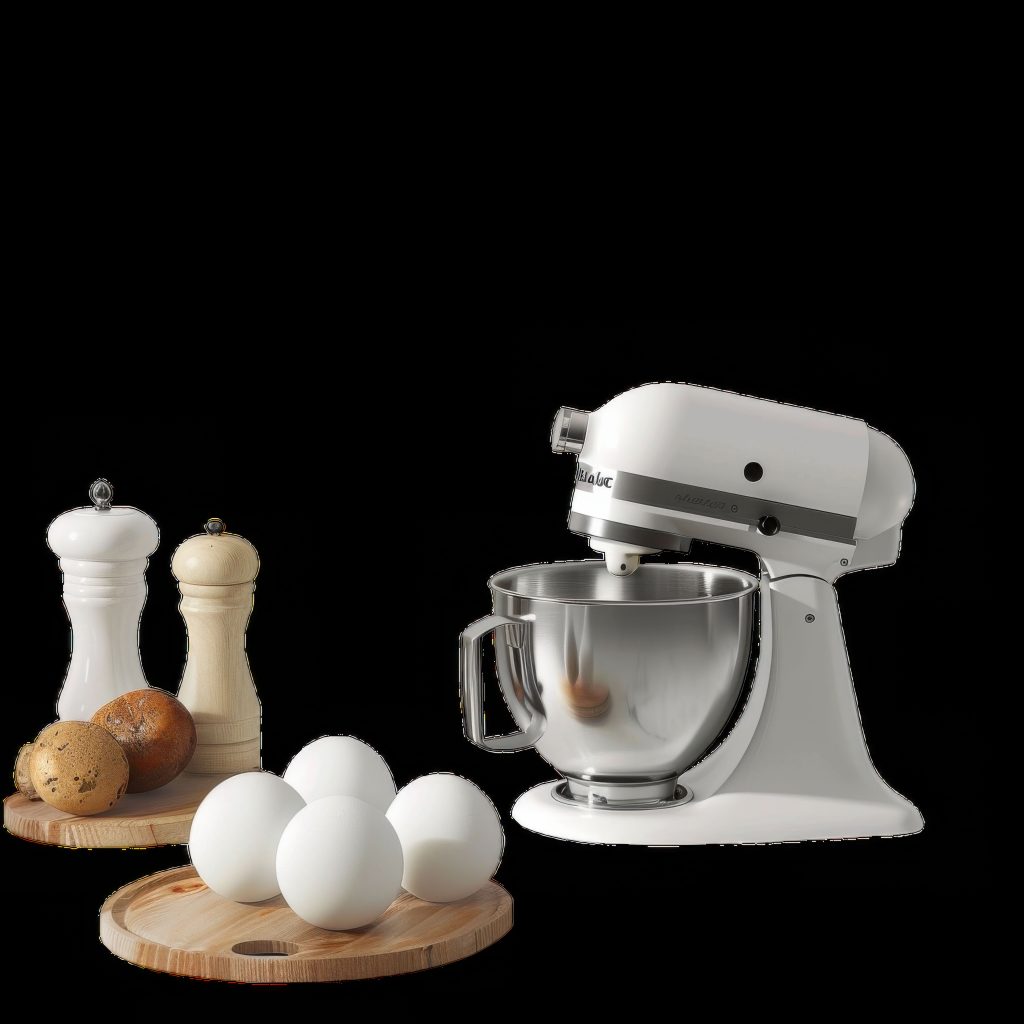
Let’s not pretend it’s the flashiest thing in your kitchen. It’s not sleek, it’s not electric, and it’s definitely not the kind of kitchen equipment that shows up in Instagram reels looking glamorous. Still, the pastry blender – sometimes called a pastry cutter – is one of those odd-looking tools that earns its spot quietly, through reliability and solid results rather than looks. You probably won’t appreciate it until you actually use it. But once you do, it’s the kind of thing you’ll keep reaching for without thinking. It just belongs in your kitchen.
What Does This Thing Actually Do?
The pastry blender’s job is deceptively simple, but don’t let that fool you. It’s designed to cut butter (or shortening, if you’re living dangerously) into flour without making a greasy mess. Sounds minor, sure. But that one action – the cold fat meeting dry flour and breaking down into irregular pieces – is what creates those holy grail textures. The flakiness in pie crust. The delicate crumble in scones. The tender middle of a biscuit.
It does three things very, very well:
- Keeps the fat cold while you work it into the flour
- Creates small, uneven pieces of fat that turn into steam pockets in the oven
- Gives you control over how “mixed” your dough gets – no overworked disasters here
That’s it. That’s the magic. It’s not glamorous, but it’s necessary.
How Do You Use a Pastry Cutter Without Feeling Like a Caveman?
It’s honestly satisfying once you get into the rhythm of it. There’s a tactile pleasure in the motion – pressing the curved metal blades through cubes of chilled butter, watching the mix go from loose flour to coarse crumbs.
Here’s how it usually goes:
- Toss your cold butter into your flour. No soft butter – don’t test it.
- Grip the pastry blender and push down, pressing the blades through the mix.
- Keep cutting, rotating the bowl as you go, until the mixture looks like coarse sand with a few pea-sized lumps.
You’re not going for perfection. You’re aiming for that rustic, rough texture that signals, “Yes, this will bake beautifully.”
What Is a Pastry Cutter Used For Besides Dough?
This part always surprises people. It’s not just for crusts and biscuits. Once you’ve got it, you’ll find it quietly creeping into other kitchen tasks. You know, the ones that are oddly annoying without the right tool.
Some off-label uses that actually work:
- Crumble topping – Mix brown sugar, oats, butter, spices. Boom, streusel.
- Hard-boiled eggs – Smash them up quickly for egg salad without turning them into paste.
- Soft fruit or avocado – Perfect for mashing without overdoing it. Think guac, not baby food.
It does more than just one thing well, and that’s rare in kitchen equipment.
What Can I Use Instead of a Pastry Blender?
We’ve all had those moments where you’re halfway into a recipe and realize a tool is missing. No need to panic – there are ways around it, although none quite match the blender’s vibe.
Here’s what might work:
- Two knives – Use a crisscross motion. A bit chaotic but functional.
- A fork – Takes longer. Makes your hand tired. Gets the job done eventually.
- Your fingers – Works only if you move fast. The heat from your hands is the enemy here.
They’ll do it in a pinch. But if you’re serious about flakiness, bite the bullet and get the real thing.
So, Is It Worth Having One?
Yes. And not in the “you need this because someone on a cooking show said so” kind of way. It’s one of those tools that doesn’t look like much but becomes a quiet workhorse.
It doesn’t beep. It doesn’t plug in. It doesn’t have an app.
It just works. Every time. And once it’s part of your kitchen gear, you’ll probably find yourself wondering how you ever did without it.